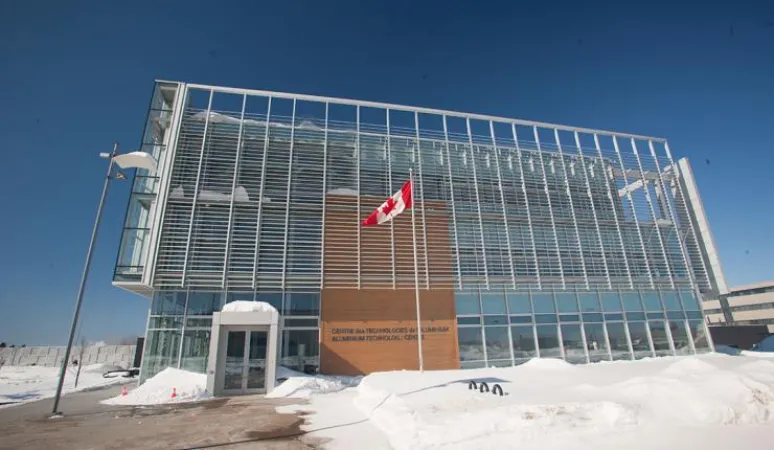Rally Round the Flag
This article was originally written and submitted as part of a Canada 150 Project, the Innovation Storybook, to crowdsource stories of Canadian innovation with partners across Canada. The content has since been migrated to Ingenium’s Channel, a digital hub featuring curated content related to science, technology and innovation.
Canada’s flag, with its vivid red bars and iconic maple leaf, is an international symbol of Canadian identity. But the first models of our flag, flown in 1965, were failures. Outdoors, the colours faded quickly from red to orange, and the white cloth turned a dingy gray. Canada’s National Research Council was given the task of perfecting the Canadian flag and choosing the ideal colour from among 500 shades of red.
Canadian flags were made from a single piece of nylon taffeta fabric without stitching, so the coloured sections had to be dyed. The colour had to be a brilliant, stable red that could be reproduced precisely and consistently for every flag and fabric. To specify this colour, NRC scientists measured the colour characteristics of the Canadian Red Ensign – Canada’s unofficial flag since 1870. Its red was considered the ideal, so NRC worked with dye makers who adjusted their formulas to duplicate the same fade-resistant shade of red when printing.
NRC’s work didn’t stop with colour. Fabric samples were tested for strength in NRC’s wind tunnels, while others were exposed to the elements on clotheslines and flagpoles. Based on NRC’s research, the first Standard for the National Flag of Canada was published in 1966 – covering colours, grommets, fabric, sewing thread and other details. NRC is part of Canada’s National Flag Committee, which regularly reviews the flag’s standards.
















